
If you are the copyright holder
of any of the photos on this page and don't wish to have it on this website, contact
webmaster@canadianracer.com and
I will remove it. Otherwise, thank you for your contribution to Canadian racing
history.
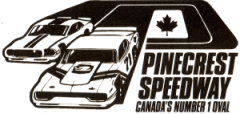 Pinecrest Speedway is one of the most legendary tracks in Ontario. Most of the top drivers in Ontario racing ran there at one time or another. Drivers such as Jim Hallahan, Vic Parsons, Don Beiderman, Ross Howes, Jack Cook, Norm Lelliott, George Reuffer and Tom Milligan battled at Pinecrest over the years. Talk to almost any Southern Ontario stock car fan who was alive during the track’s existence and they will have fond memories of Pinecrest.
Pinecrest Speedway is one of the most legendary tracks in Ontario. Most of the top drivers in Ontario racing ran there at one time or another. Drivers such as Jim Hallahan, Vic Parsons, Don Beiderman, Ross Howes, Jack Cook, Norm Lelliott, George Reuffer and Tom Milligan battled at Pinecrest over the years. Talk to almost any Southern Ontario stock car fan who was alive during the track’s existence and they will have fond memories of Pinecrest.
First, we need to cover a little history about the property that Pinecrest occupied and the various tracks that have been there. Charlie Greenly built a half-mile dirt track on his property which was located on the south-east corner of Highway 7 and Jane Street. This track opened in July of 1948 and was named Pinecrest Speedway. It was renamed for the 1949 season to Speedway Park (not to be confused with the Speedway Park in Stoney Creek, Ontario which operated in the 1960s and 70s). This track closed at the end of the 1949 season and a new Speedway Park was built on the property next door and operated from 1950 - 1954. Back on the original property, a new version of the half-mile dirt track was built about 100 yards to the east and opened as Pinecrest Park Speedway in 1951. This track was operated by the Toronto Racing Drivers' Club and only lasted until about mid-year. A new owner built a quarter-mile dirt track with lights. This track only operated for the last part of the 1951 season. (Thanks to Dave Boon for this info)
The era that this article deals with began in 1952 when Joe Cappy and Norm Smith bought the property for $28,000 and built a quarter-mile paved oval on the 28 acres. Previously, Cappy and Smith had operated Oakwood Stadium, located at the corner of Oakwood and St. Clair, in 1951. The track had operated without city permission all season and was fined regularly. Eventually the City of Toronto won out and Cappy and Smith were forced to close Oakwood at the end of the 1951 season.
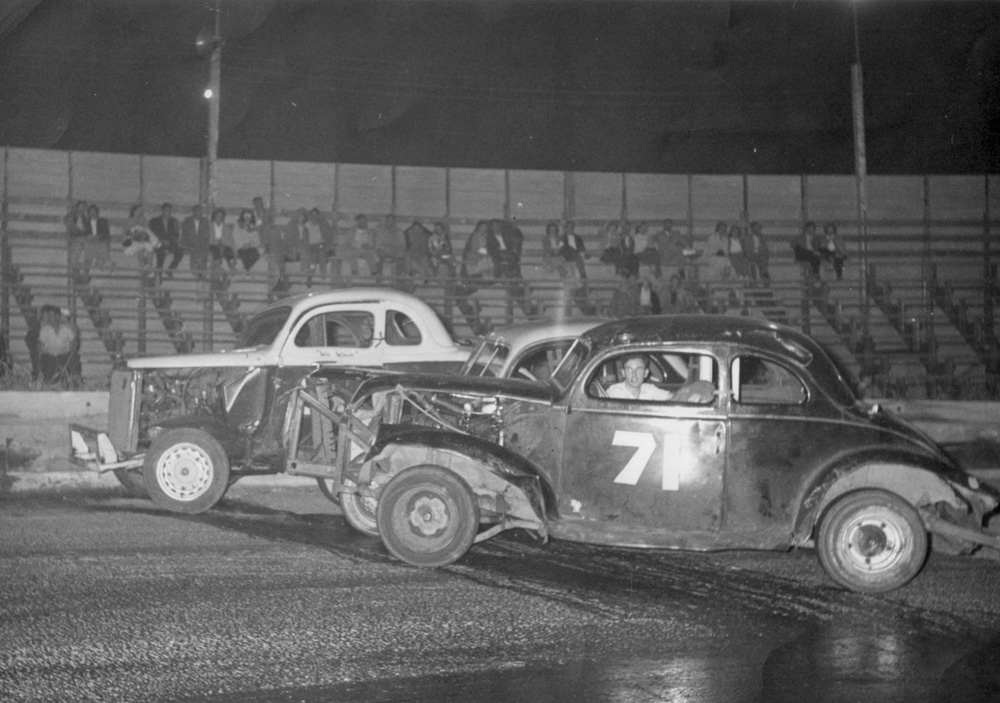
1952 - Derek Middleton, #71
Some of the top drivers in the early years were Ivan Moore, Jack Cook, Jack Burbridge, Glenn Schurr, Ben Lalomia, Tony Occhino and Ted Hogan. The 1953 season was dominated by Ivan Moore who won 10 features in a row on his way to winning $1000 as the Carling Points Champion. Cappy and Smith changed the track surface to concrete for the 1954 season and claimed it as "Canada's only all-weather track". Hurricane Hazel rolled through Toronto in 1954 and it hit Pinecrest, destroying about 400 feet of the west grandstand.
There were various special events - Ladies Races (called Powder Puffs), demolition derbies (Wreck-Um Races as they were often called), city races where drivers from one city would compete against drivers of another city, the Joie Chitwood Auto Daredevils and Midget races.
The tight track led to a lot of big wrecks and roll-overs were a very common occurrence. Usually the drivers were not hurt but some were not so lucky. Bill Clemons of Mashawaka, Indiana was badly burned in practice for the 1957 International when his throttle stuck, his car slammed the wall and burst into flames. Clemons died a few weeks later.
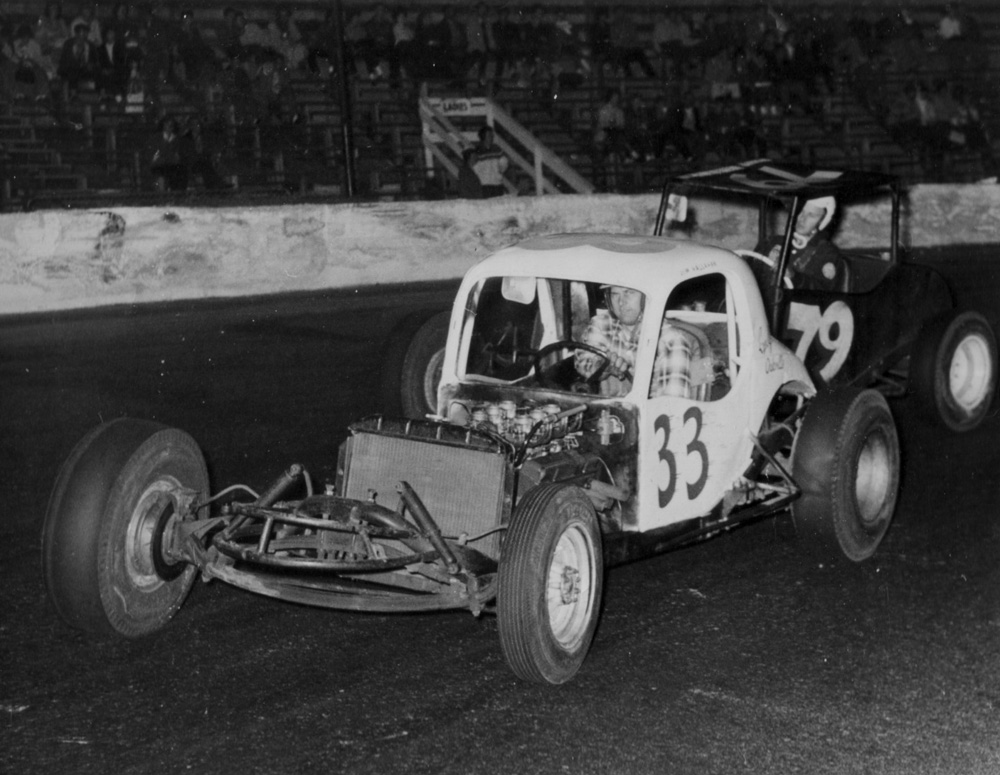
Jim Hallahan in the #33 shows how the cars had progressed by the late 1950s and early 1960s.
In 1960 Pinecrest was purchased by Gerry Bisson of Ottawa. Bisson had been operating Lansdowne Park Speedway in Ottawa and later built Capital City Speedway in Stittsville. Go kart racing was also added in 1960.
The 1962 season came to an early end when the Vaughan Township revoked Pinecrest's license due to not meeting some previous agreements. Things were sorted out in time to run the annual International race in September. The 1963 season saw a big change at Pinecrest as the modified division was dumped in favour of Late Models. The modifieds (or super modifieds) were not completely gone though - once again the CNE drivers moved into Pinecrest on Tuesday nights when football season began. The CNE had not made the switch to Late Models yet. With Pinecrest’s switch to Late Models, some new drivers moved to the front while some veteran drivers stayed. This era saw Jerry and Bob Watson, Phil Zampino, Vic Parsons, Jim Hallahan, George Reuffer, Ross Howes, Gord Dolphin, Ray Gullison, Jack Cook and Norm Lelliott as the top drivers.
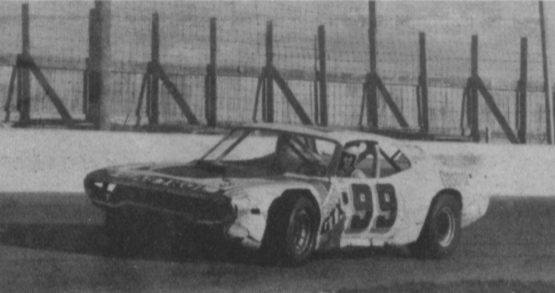
Howie Scannell in the 1970s
The 1968 season opened with $10,000 in improvements to Pinecrest including a new three foot outside wall and better pit lighting. The purse that year was $1700. A driver who won all three of his races would take home $300. Also for 1968, the claiming rule was dropped.
There was another ownership change at the end of 1969 season when Norm Smith sold his share of Pinecrest to Joe Cappy. In February 1972 the DiCarlo family purchased the track from Capp for about $600,000. Rocco DiCarlo became the track promoter. The 1972 season saw the introduction of the Stocker Division for older cars.
A comparison of costs and payouts is interesting. The 1969 points fund totalled $10,000 including $2,000 to the champion. That is the equivalent of approximately $72,500 and $14,500 in 2021 dollars, respectively. In 1971 the feature paid $425 to win or about $2,900 in 2021 dollars. The 1975 nightly purse was $5,075, which is equivalent to $25,300 in 2021. Finally, tires cost $100 each in 1970 or about $690 in 2021 dollars. The purses and payouts were larger in those days, but the tire cost was outrageous by 21st century standards.
The final years of Pinecrest saw the big dollar Export "A" Championship as a regular visitor. In addition, Carling Breweries sponsored the Red Cap points fund as they had for many years. The Carling O'Keefe Championship made four visits in 1975. The crowds continued to be huge, often in the 10,000 - 15,000 range. Special features in those years included demolition derbies, stuntman Ken Carter, The Trans-Canada Hell Drivers, the Can-Am TQ Midgets, media races and ladies' races.
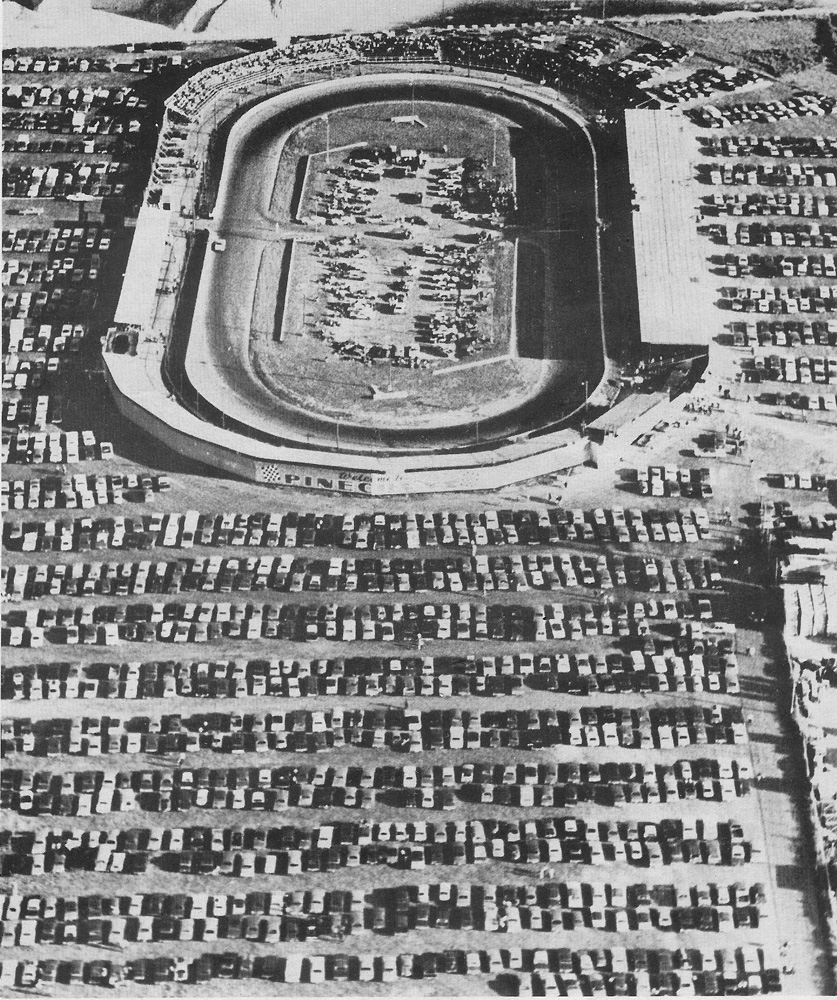
1972 Aerial photo by Ian K. Woods
Pinecrest had a policy of running rain or shine. This was acceptable to fans because most of the grandstands were covered. The races were canceled for the first time ever on June 16, 1976 due to a power failure.
In early August of 1976 it was announced that the races on Aug 14 would be the last at Pinecrest. The land had been sold for about $2,000,000 and would be redeveloped for commercial uses. At the time, Rocco DiCarlo had plans to spend $600,000 to build a half-mile track at Jane and Rutherford, near what is now Canada's Wonderland, but nothing came of it despite rumours for several years (even as late as 1980).
Tom Milligan won the last-ever feature at Pinecrest and was also the 1976 Track Champion. The Pinecrest drivers scattered to other tracks in Ontario such as Flamboro, Sunset and Westgate (now Peterborough Speedway). The closing of Pinecrest was the end for stock car racing in the Toronto area for fourteen years, when racing briefly returned to the CNE in 1990.
The track surface was ripped up and the grandstands torn down in the early spring of 1977. Today the site is covered with industrial buildings and nothing of the track remains. The name "Pinecrest" was still in use in the area for many years by way of the Pinecrest Restaurant and Truck Stop (now closed), Pinecrest Motel and Pinecrest 2000 Auto Sales (also closed).
Pinecrest Speedway Points Champions
Photo Gallery
